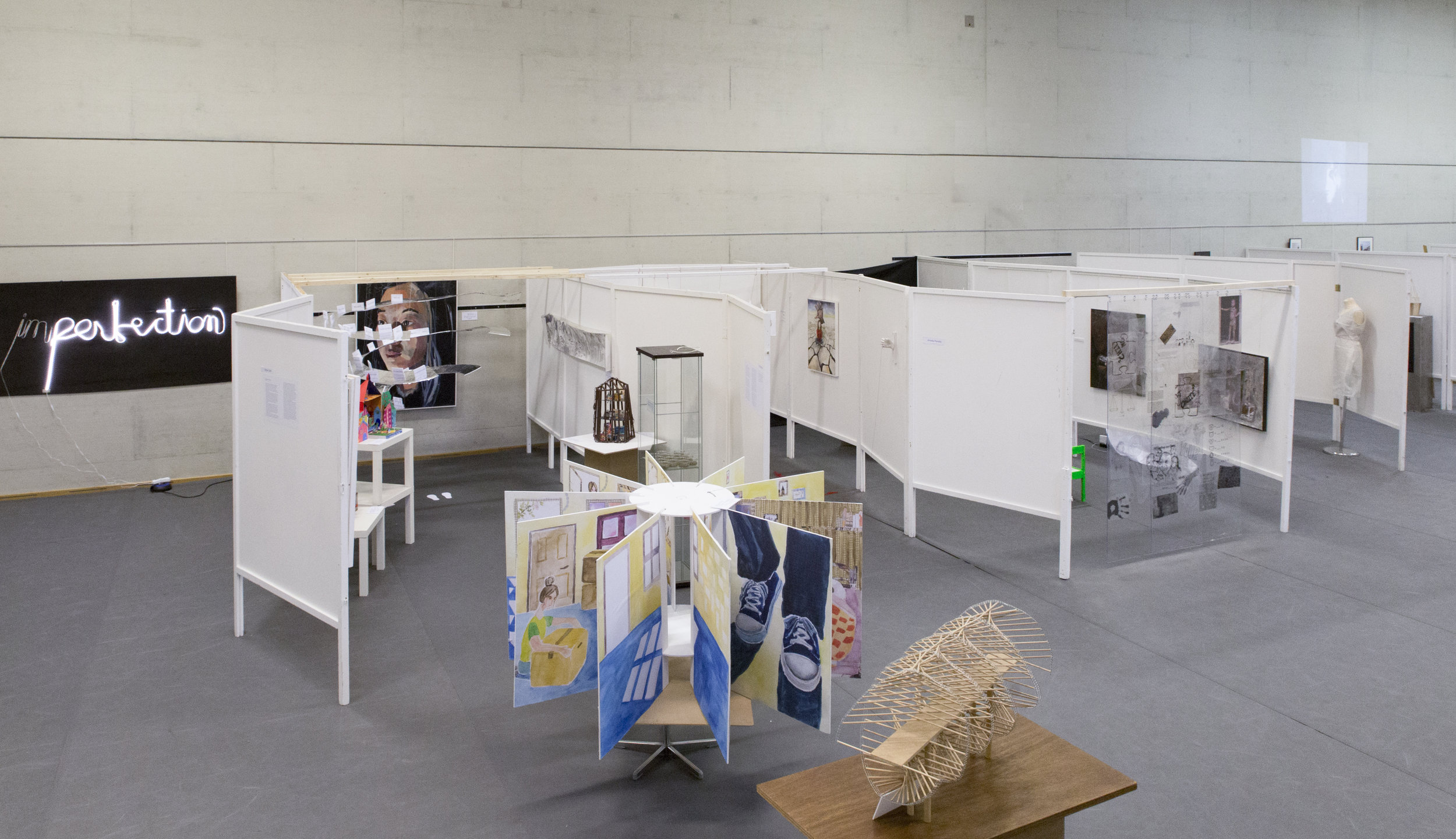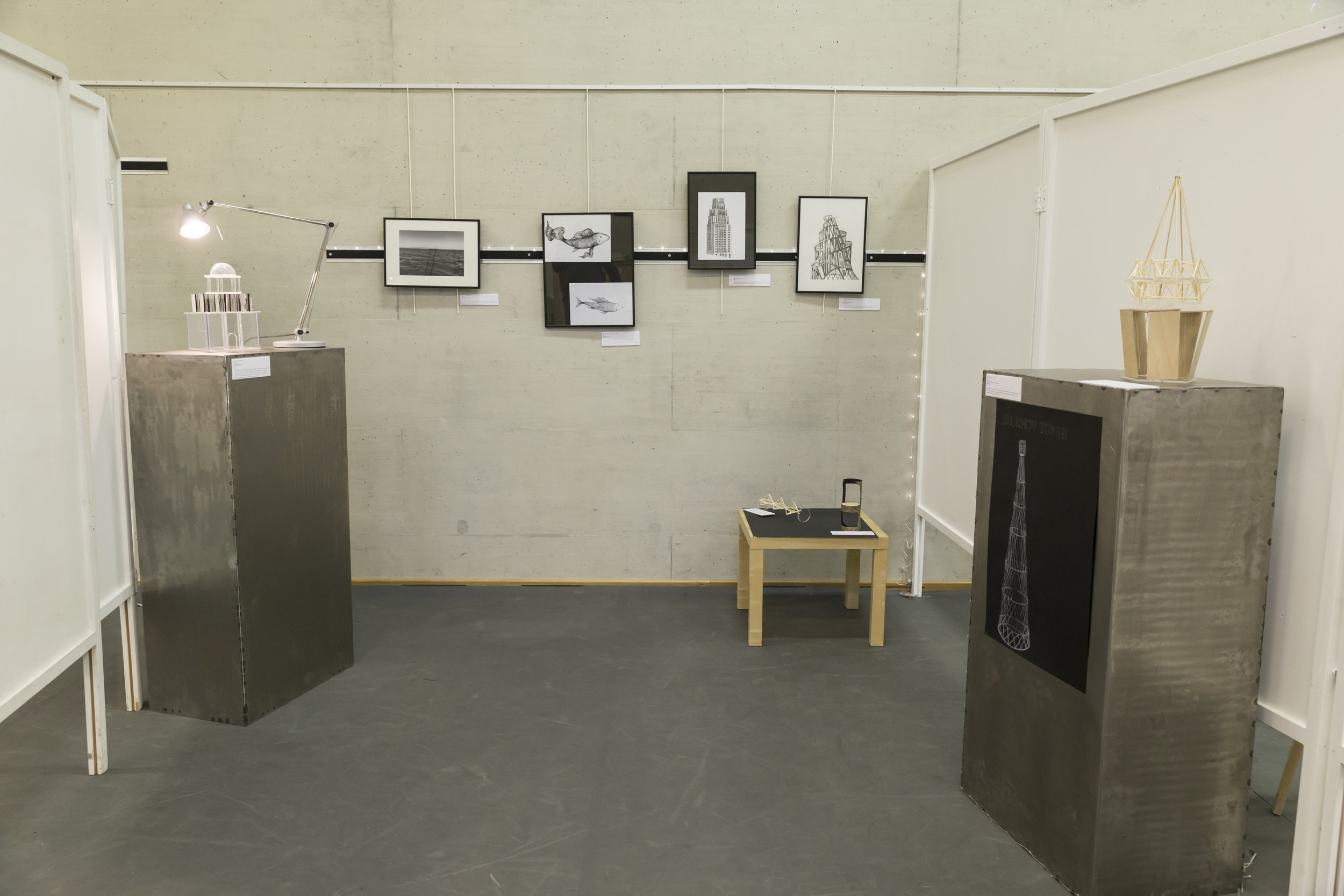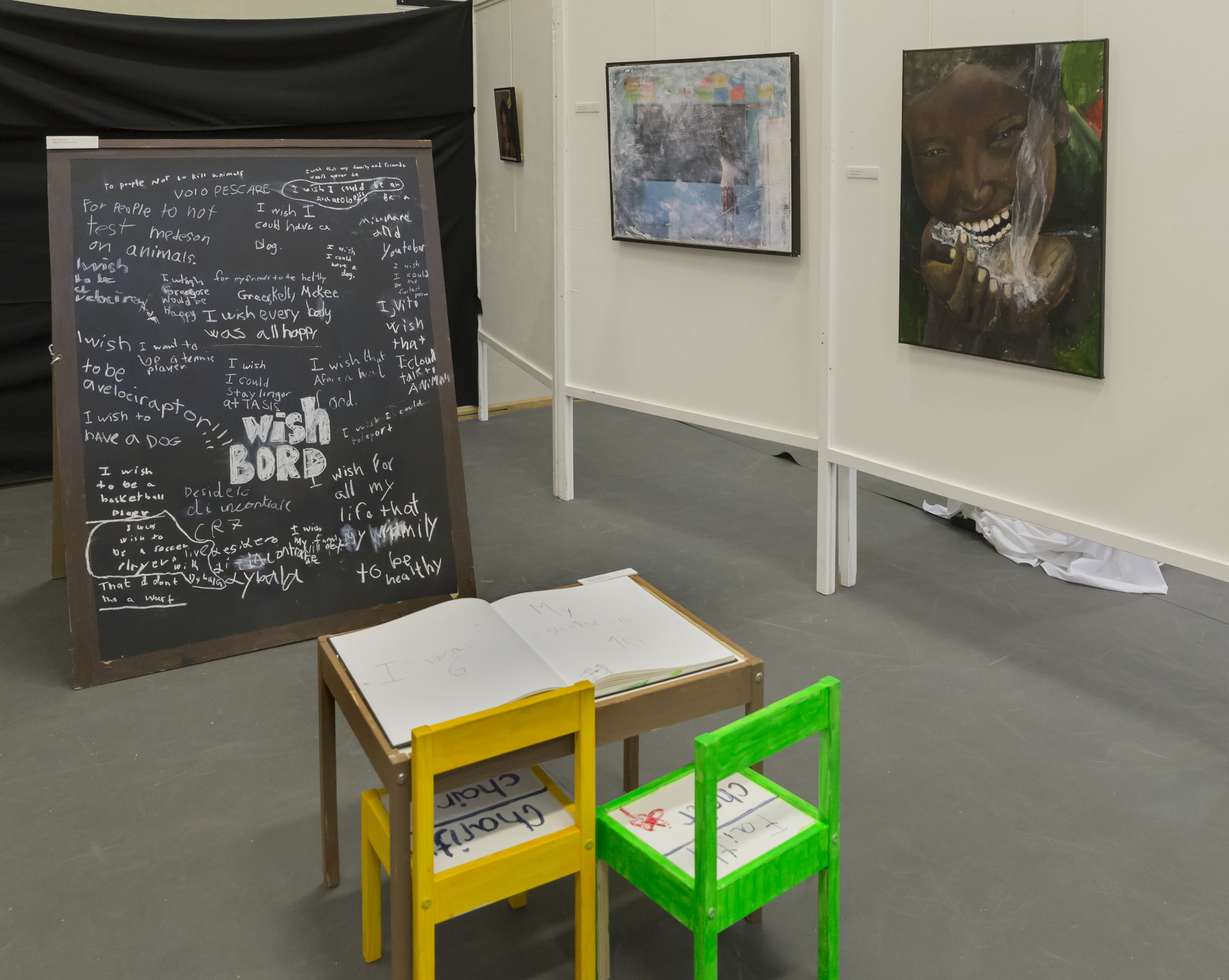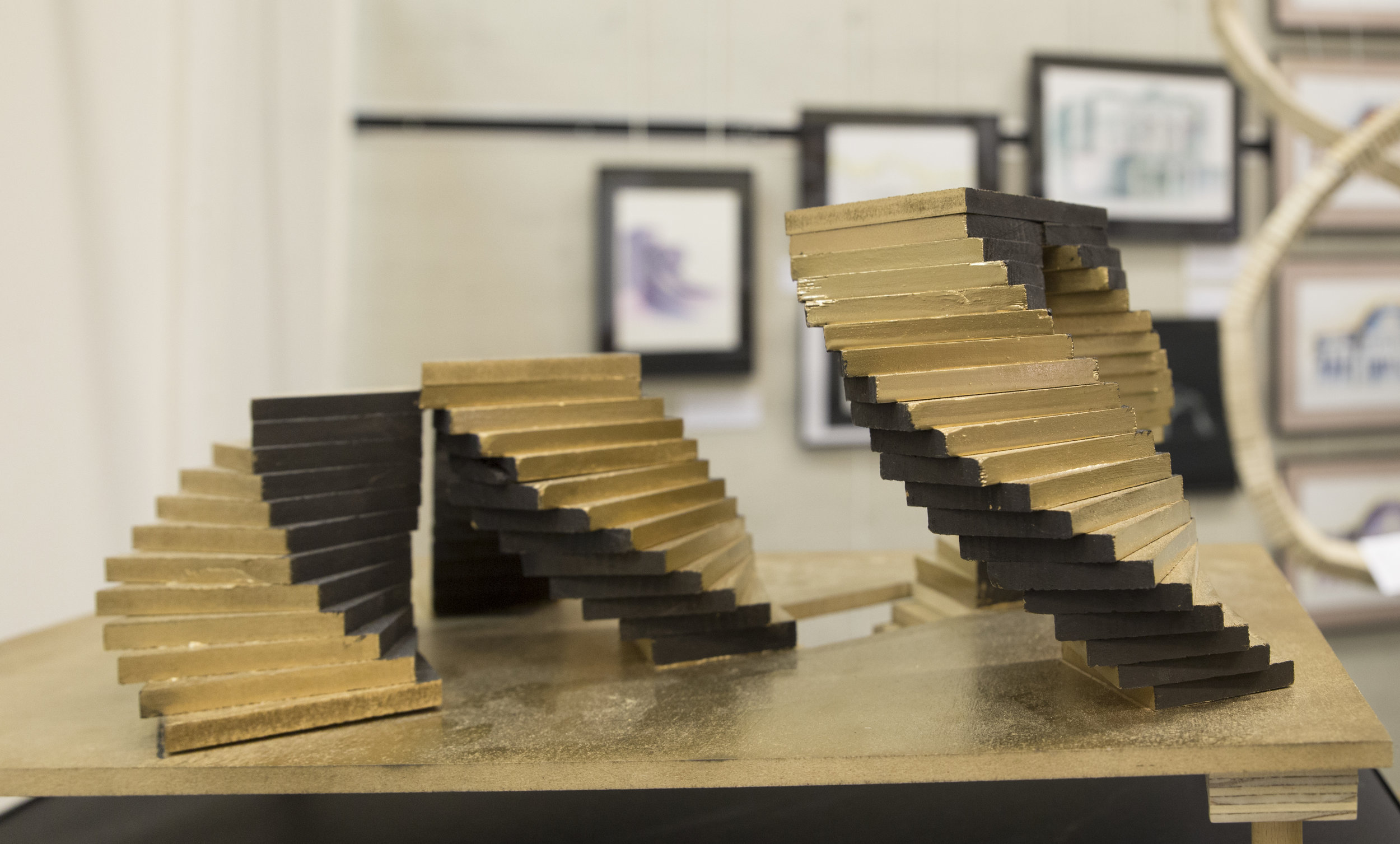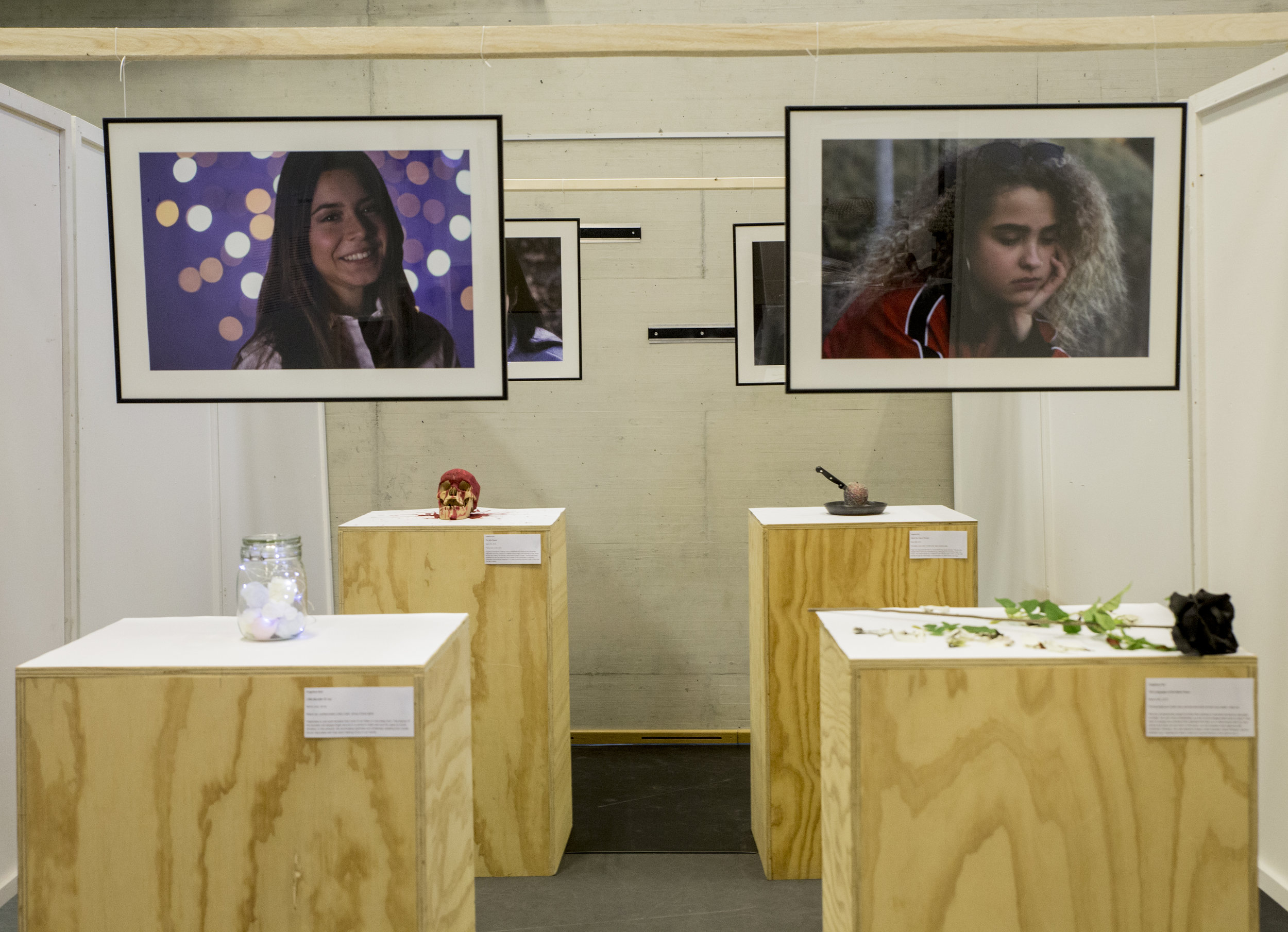Excerpts from an article by Shu Ye '18
Read the entire post here.
Every year at the beginning of March, TASIS students, teachers, and parents may notice artworks spread out around campus. If they go to the Palestrina, they will even simulate the experience of visiting a museum. These pieces of arts are all created by TASIS IB Visual Arts students. Following the requirements of the IB, these students must select some of their best artworks and arrange them into an exhibition. This final exhibition, in which students must also defend and articulate their purpose and intention in a written rationale, is the culmination of each student artist’s IB Visual Arts (IBVA) experience and accounts for 40 percent of the final grade.
Drawing and Painting, Photography, and Architecture & Design are the three most important media that TASIS IBVA students focus on. Some students may develop their skills in one particular field, but others might provide the viewers a combination of several media, connecting 2-dimensions to 3-dimensions. IB Higher Level (HL) students need to exhibit 8-11 artworks while Standard Level (SL) students need 5-7 artworks. The exhibition has to be well-designed with a theme that can connect ideas and inspirations behind all the works.
Frank Long, the IB Photography teacher, commented on this year’s exhibition: "This year's IBVA Exhibition demonstrated the wide variety of skills and ideas that come from the TASIS IB Visual Arts students. There were issue-based works and more traditional artworks along with a large body of architectural designs and models."
The Architecture & Design teacher, Mr. Mark Aeschliman, said, “This year's IB Visual Arts Exhibition was among the best in years for my six Architecture & Design students. Their models, drawings, and paintings were carefully crafted, selected, defended in writing, and exhibited with care. I especially appreciated everyone helping with the Palestrina setup, which is always stressful. The quality of the work was very high this year.” Mr. Aeschliman and all the other art teachers helped students deliver their artwork to the Palestrina, mount models on pedestals, hang framed and unframed work, attach lights and labels, and then, a mere 62 hours later, take it all down and store it in the Şahenk Fine Arts Center. Mr. Aeschliman and all the other art teachers helped students deliver their artwork to the Palestrina, mount models on pedestals, hang framed and unframed work, attach lights and labels, and then, a mere 62 hours later, take it all down and store it in the Şahenk Fine Arts Center.

